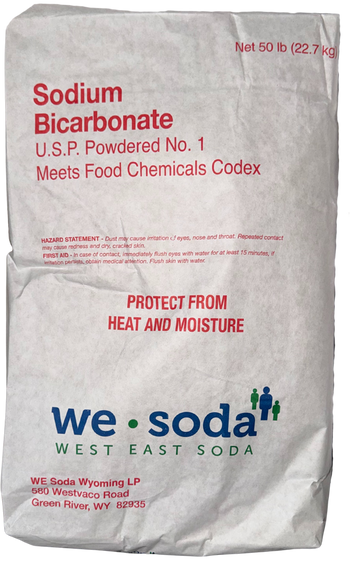Bleach — Sodium Hypochlorite 12.5% (NSF Grade)
Premium NSF-grade sodium hypochlorite (NaOCl) 12.5% solution for sanitation, water treatment, and food-facility applications where NSF certification is preferred or required. Clear to slightly yellow liquid with a strong chlorine odor.
Overview
Our NSF-grade bleach is a commercial-strength sodium hypochlorite solution filled at ~12.5% available chlorine (fresh fill typically 12–15%). Hypochlorite can lose strength with time, heat, and light; Level 7 Chemical maintains quality controls to help ensure product ships in-spec and ready for use.
Common Applications
- ✓Food & Beverage Facilities: equipment/area sanitation where NSF certification is preferred/required (follow label directions).
- ✓Water Treatment: potable water chlorination, wastewater chlorination, shock chlorination.
- ✓Hard-Surface Disinfection & Cleaning: high-efficacy oxidation for soils/odors.
- ✓Odor Control: oxidizes odor-causing compounds.
Verify free available chlorine quickly with our active chlorine test strips.
Typical Specifications
| Grade | NSF Certified |
|---|---|
| CAS Number | 7681-52-9 |
| Available Chlorine (g/L) | ~144 |
| NaOCl (wt%) | ~12.5% (fresh fill typically 12–15%) |
| Specific Gravity (20/20 °C) | ~1.21 |
| Pounds per Gallon | ~9.88 lb/gal |
| Appearance | Clear to greenish-yellow liquid |
| Odor | Strong, typical bleach (chlorine) |
| pH | ~11–13 |
| Solubility | Completely miscible with water |
| Packaging | ~543 lb net weight drum (≈55 gal). Other options available. |
| UN/NA | UN 1791 (Hypochlorite Solutions) |
| Certification | NSF (request current certificate/lot details) |
Stability & formulation
- ✓Heat and higher strength accelerate decomposition; keep cool and avoid high concentrations when possible.
- ✓Low pH (below ~11) increases decomposition; maintain residual alkalinity to stabilize hypochlorite.
- ✓Sunlight/UV and trace metals (e.g., iron, copper, nickel) catalyze strength loss—minimize exposure and contamination.
Materials & mixing
- ✓Use compatible plastics (HDPE/PVC) in wetted parts; avoid stainless/carbon steel where feasible.
- ✓Never mix with acids or ammonia—can release toxic chlorine/chloramine gases.
- ✓Use low-metal, low-hardness water for dilution; add product carefully to water with mixing.
Storage practices
- ✓Consult SDS, Store in cool, shaded, and ventilated area; avoid heat, sunlight, and freezing.
- ✓Use opaque/UV-resistant and vented containers; allow headspace for oxygen off-gassing.
- ✓Segregate from acids, ammonia, organics, and reactive metals; prevent contamination with dissolved metals.
Use guidance
- ✓Consult SDS, Maintain appropriate free chlorine residual for the application (e.g., many pool labels specify 1–4 ppm).
- ✓CDC guidance: maintain at least 1 ppm free chlorine in pools (3 ppm in hot tubs) and pH 7.0–7.8; test frequently.







